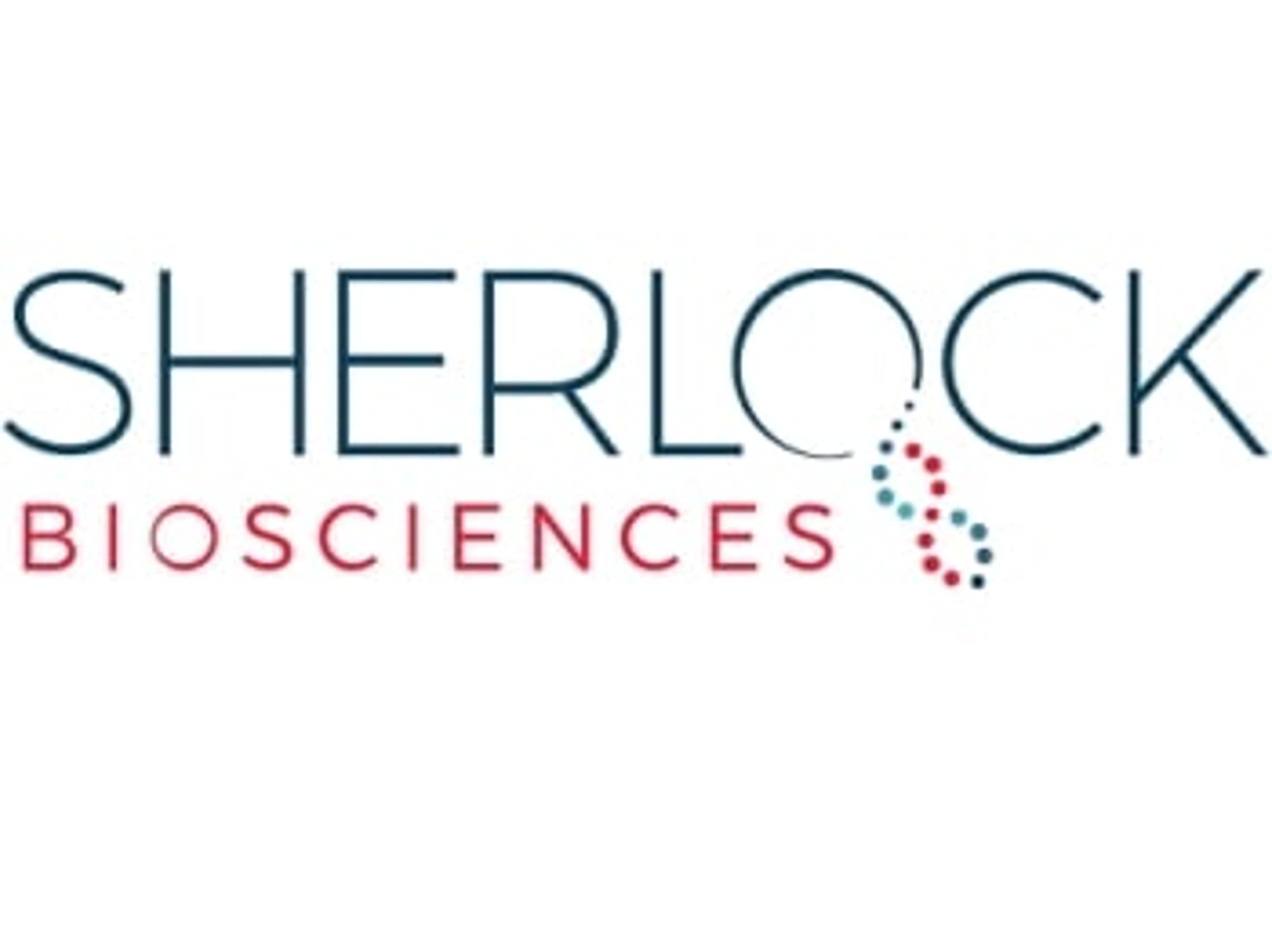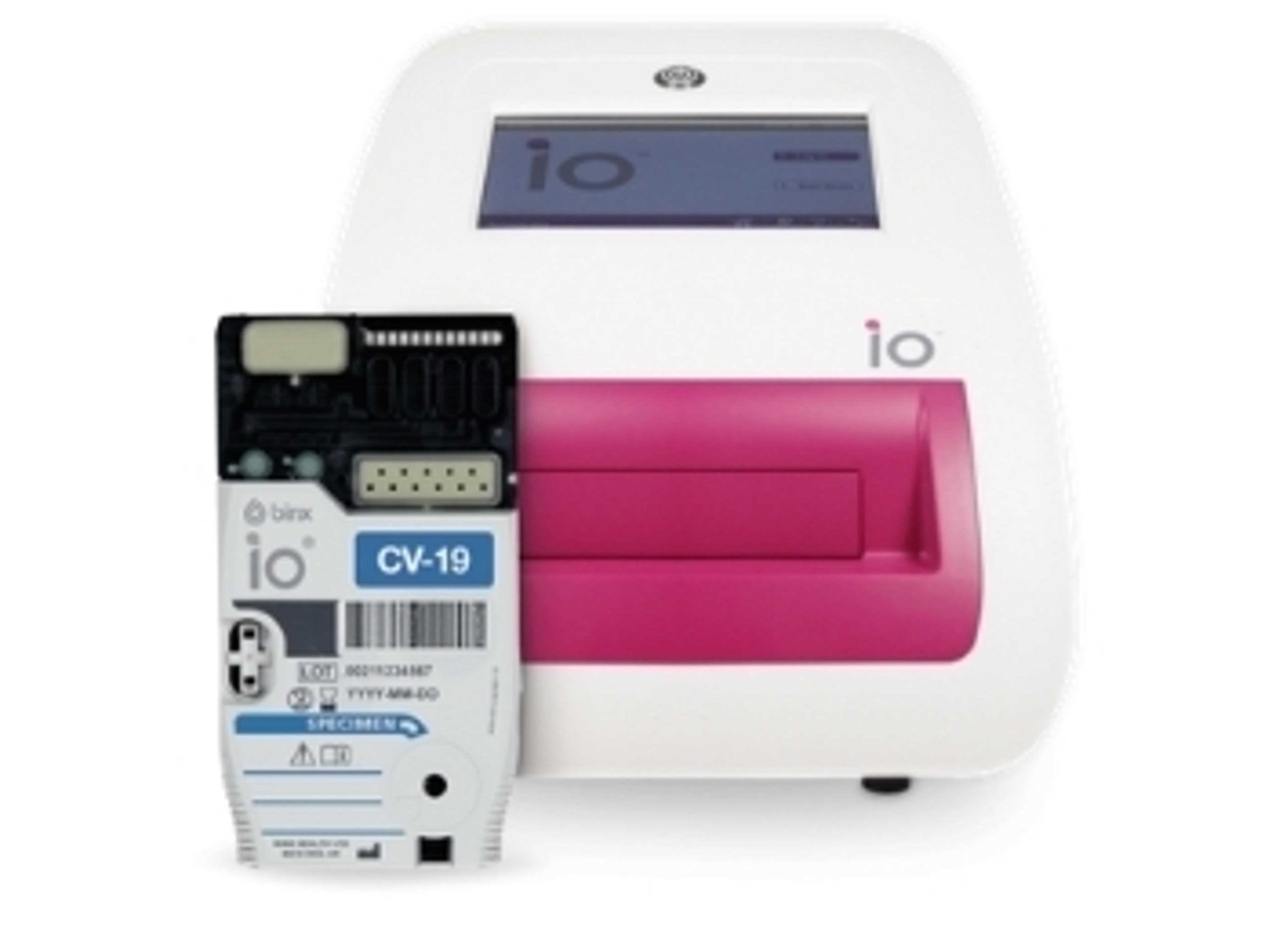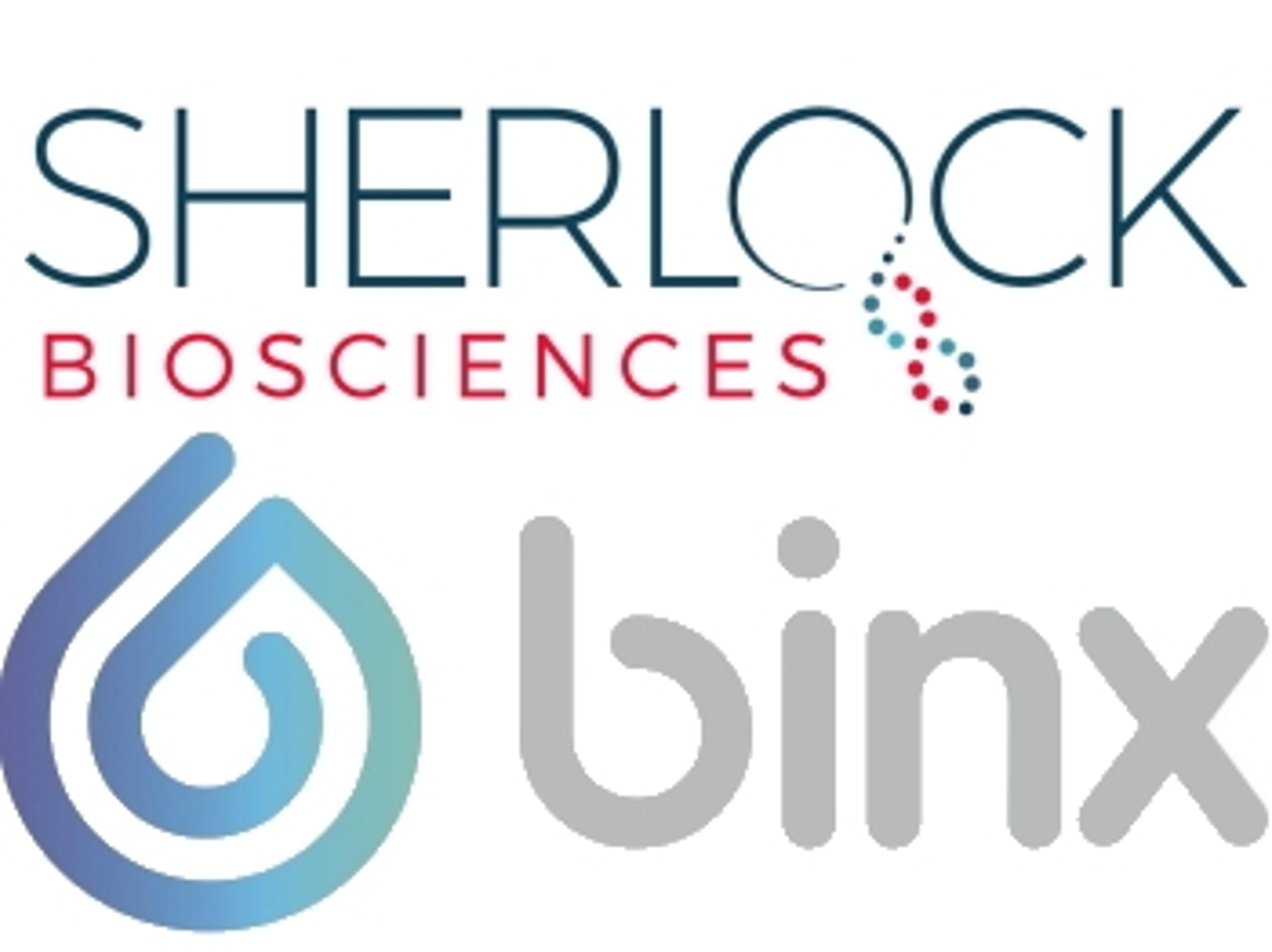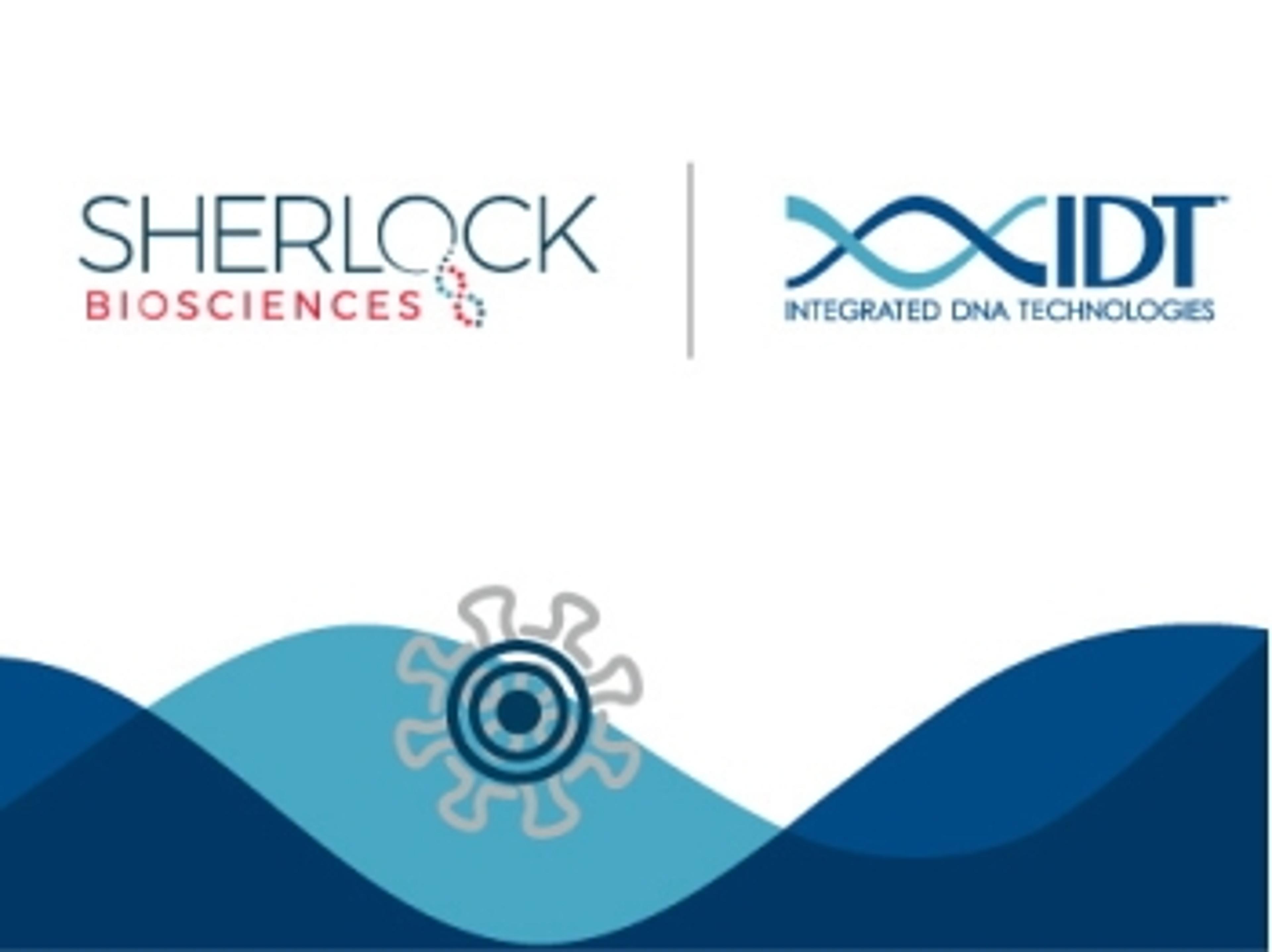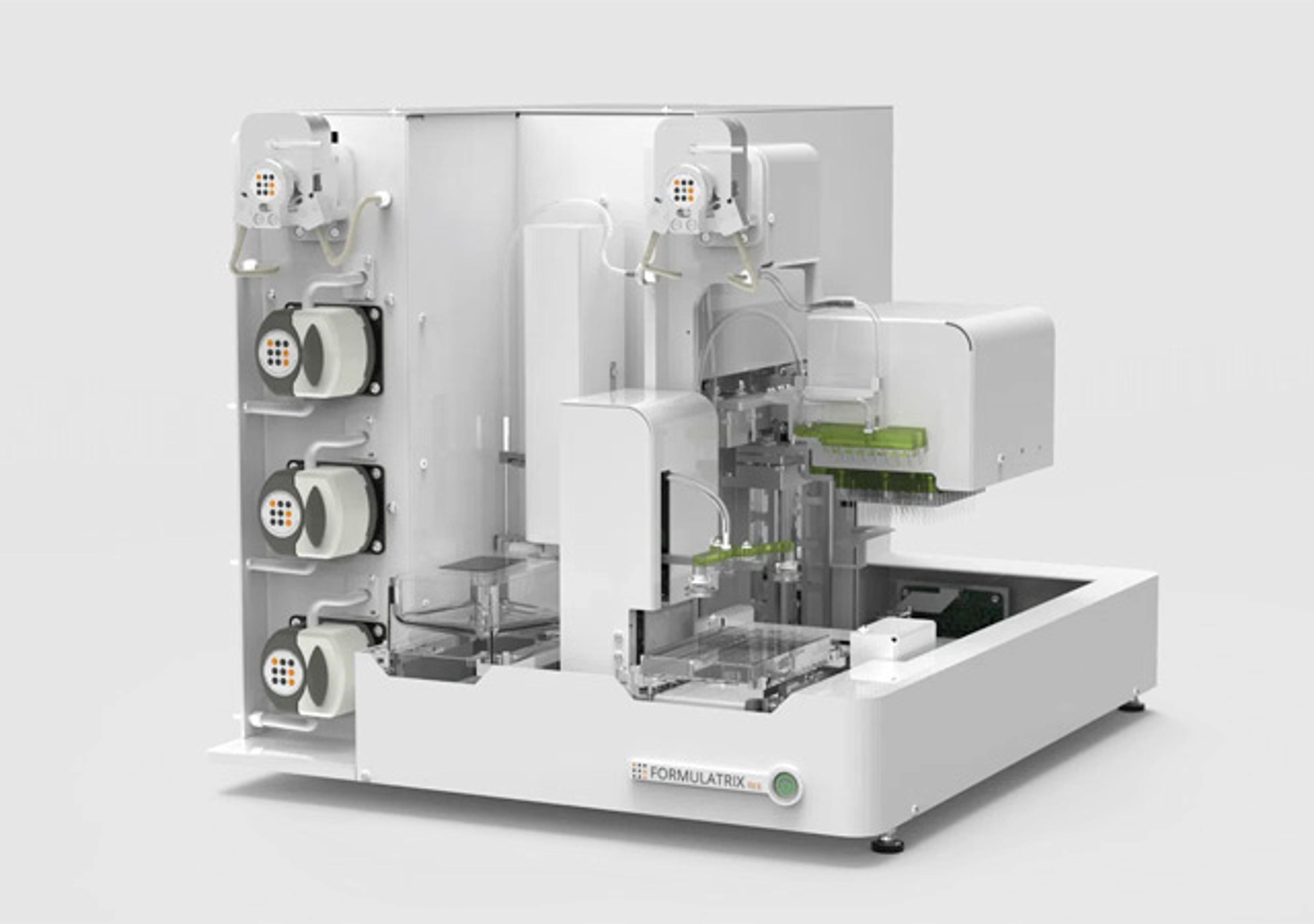SHERLOCK™
SHERLOCK is an evolution of CRISPR technology, which others use to make precise edits in genetic code. SHERLOCK can detect the unique genetic fingerprints of virtually any DNA or RNA sequence in any organism or pathogen. Developed by our founders and licensed exclusively from the Broad Institute, SHERLOCK is a method for single molecule detection of nucleic acid targets and stands for Specific High Sensitivity Enzymatic Report…

The supplier does not provide quotations for this product through SelectScience. You can search for similar products in our Product Directory.
The molecular technology CRISPR-Cas13Aa SHERLOCK is the high tech of gene editing.
RNA chain sequencing
The molecular technology CRISPR-Cas13Aa SHERLOCK is a high tech platform for gene editing. The new genetic technology of molecular medicine CRISPR-Cas13Aa SHERLOCK has the aim to detect SARS-CoV-2 in clinical trials. The results of this method has an important implications for understanding SARS-CoV-2 transmission and pathogenesis and reveal a target for rapid therapeutic intervention. Although further experimental proof to evaluate immuno-genicity of the predicted peptides is required, it is a hope of findings in the current study the designing vaccines (RNA vaccine), inactivated viral vaccines, or peptides vaccines and evaluating these vaccines, and also to immune monitoring of SARS-CoV2-infected patients.
Review Date: 9 Jun 2020 | Sherlock Biosciences
SHERLOCK is an evolution of CRISPR technology, which others use to make precise edits in genetic code. SHERLOCK can detect the unique genetic fingerprints of virtually any DNA or RNA sequence in any organism or pathogen. Developed by our founders and licensed exclusively from the Broad Institute, SHERLOCK is a method for single molecule detection of nucleic acid targets and stands for Specific High Sensitivity Enzymatic Reporter unLOCKing. It works by amplifying genetic sequences and programming a CRISPR molecule to detect the presence of a specific genetic signature in a sample, which can also be quantified. When it finds those signatures, the CRISPR enzyme is activated and releases a robust signal. This signal can be adapted to work on a simple paper strip test, in laboratory equipment, or to provide an electrochemical readout that can be read with a mobile phone.
- Highly sensitive (can detect a single molecule in a sample)
- Highly specific (accurately detects the target)
- Integrates well with other tests and lab setups
- Quantitative (measures amount of target present)
- Rapid design and delivery to partners



